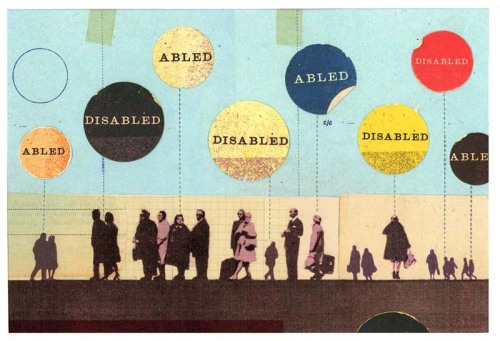Here in the U.S., there’s been a lot of buzz about Rand Paul, son of Ron Paul, winning the primary for Republican senator in Kentucky. Paul is a darling of the Tea Party and largely espouses libertarian values of decreased taxes and decreased government regulation and intervention.
There are some things about libertarianism that I like and agree with. I’m against state interference in romantic and/or sexual relationships between consenting individuals with full capacity. I’m in favor of strong civil liberties and freedom from search or surveillance by the state.
But I do not trust the free market to take care of civil rights issues, primarily because I’ve seen the free market fail to take care of civil rights issues for hundreds and really thousands of years. And I believe that getting the government out of the business of defining and enforcing civil rights would have disastrous results for all but the most privileged among us. And Rand Paul’s espoused views bear that out. Here’s what he’s got to say about LGBTAI rights and women’s health:
Not only is Paul perfectly fine with government prohibiting marriage between gays and lesbians, it bears mentioning that Paul’s anger towards the government for “betraying the medical privacy of ordinary citizens” doesn’t extend to women, whom he believes should be forced to carry unwanted pregnancies to term if state legislators deem it so. He also wants to offer legislation “restricting federal courts from hearing cases like Roe v. Wade.”
This isn’t even a consistent position – Paul is in favor of government intervention in personal relationships, as long as it’s “only” LGBTAI relationships. He’s also in favor of government intervention in personal medical decisions, as long as it’s “only” affecting the decisions of women considering whether to terminate a pregnancy. What he has to say about protections for people with disabilities is even more troubling:
You know a lot of things on employment ought to be done locally. You know, people finding out right or wrong locally. You know, some of the things, for example we can come up with common sense solutions — like for example if you have a three story building and you have someone apply for a job, you get them a job on the first floor if they’re in a wheelchair as supposed to making the person who owns the business put an elevator in, you know what I mean? So things like that aren’t fair to the business owner.
Yes! Let’s let the free market take care of rights for people with disabilities! Because it’s for damn sure that even with the existing governmental protections for civil rights, companies are taking an unbiased and totally not ableist at all approach to employing PWDs and even accommodating them as customers! So eliminating those marginally adequate and woefully underenforced protections would surely have the effect of enhancing overall liberty and freedom! That is, if you are looking only at the liberty and freedom of the already privileged.
There has been a lot of discussion on this site of how entrenched institutional ableism results in discrimination against PWDs, makes them more likely to live in poverty, lack employment, and have disproportionately negative health outcomes. That’s the status quo that would be preserved if government intervention and regulation of the rights of PWDs were to end. But there are definitely people who are benefiting from the status quo – white, cis, hetero, TAB men, predominantly. And we should be very clear that limiting government intervention would primarily preserve the status quo that benefits them.
Which is why you should not be surprised by two facts: 1) Rand Paul is a white cis hetero TAB man, and 2) I strongly disagree with these political ideas. While there are some areas in which I support limiting government intervention, my overall goal is to maximize rights of historically disadvantaged and relatively unprivileged populations, whether it takes more or less government to reach that end.






